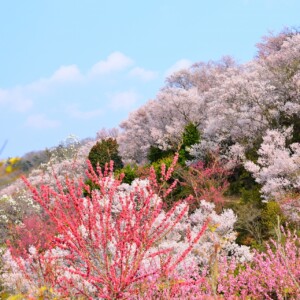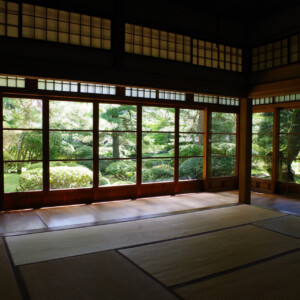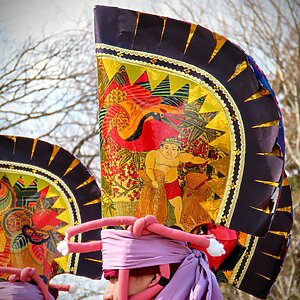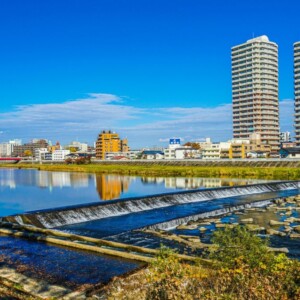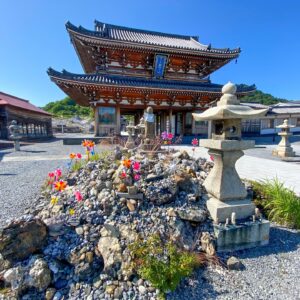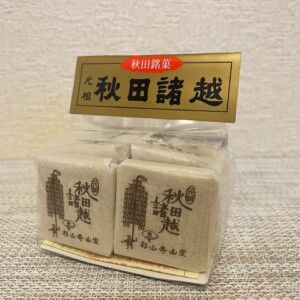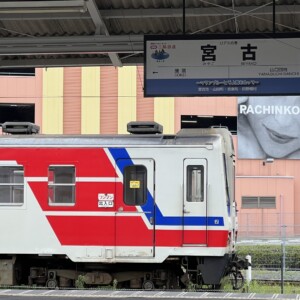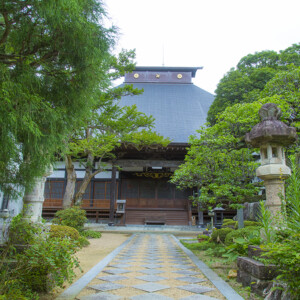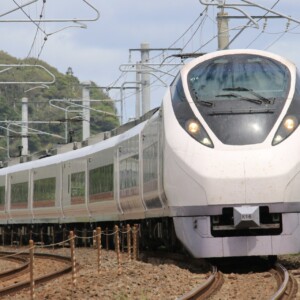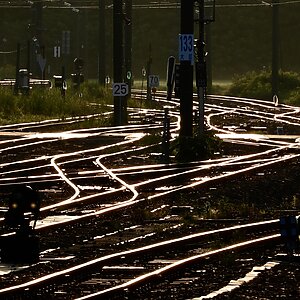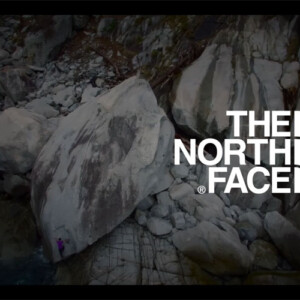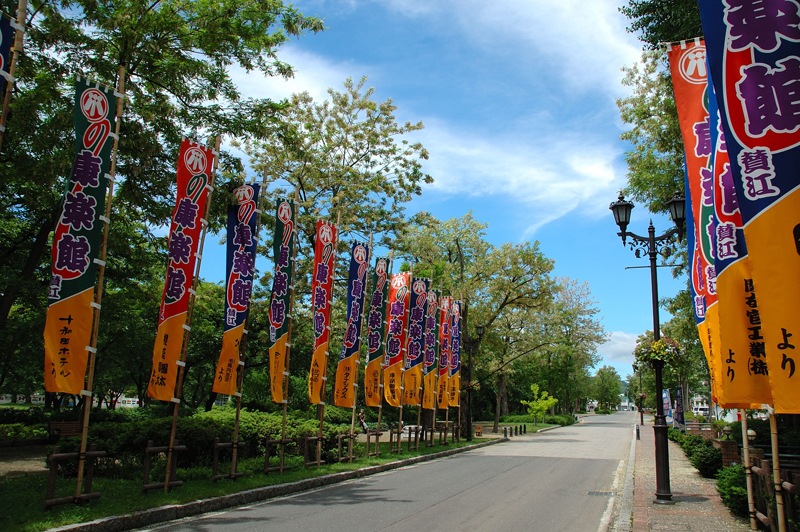
[Akita Prefecture] Kosaka Town is a town that has taken you back in time to the Meiji era. Cultural heritage left behind by Kosaka Mine
table of contents
- 1 Kosaka, which developed greatly with the discovery of the Kosaka Mine
- 2 In the Meiji era, it was incorporated into Akita Prefecture
- 3 Kosaka Mine, which grew into one of Japan's leading copper mines under the Fujita Group
- 4 Fusanosuke Kuhara, who laid the foundation for the modernization of Kosaka Mine
- 5 After leaving Fujitagumi, Kuhara Fusanosuke became active as a member of parliament
- 6 Denzaburo Fujita, who established welfare programs, education, infrastructure, and even urban planning
- 7 Closure of Kosaka Mine and abolition of Kosaka Railway
- 8 Kosaka Town has made a comeback as a tourist destination with the development of Meiji Centennial Street
- 9 Korakukan, a playhouse that has been in operation since the Meiji era
- 10 Kosaka Mine Office, a nationally designated important cultural property
- 11 "Miyazono Maria Garden," an early childhood education facility established by Kosaka Mine
- 12 The Red Brick Club was originally the Kosaka Mine power distribution station
- 13 Kosaka Railway Rail Park: A railway world built on the abandoned tracks of the former Kosaka Railway
- 14 The remains of the Kosaka Mine Hospital, which was the largest general hospital in Akita Prefecture at the time of its construction
Kosaka Town is located in the northeastern part of Akita Prefecture, bordering Aomori Prefecture. The Tohoku Expressway and National Route 282 run through the center of the town.
National Route 282 was formerly the Tsugaru Kaido (a different road from the Tsugaru Kaido mentioned in the song), Nanbu Road , Kazuno Road , Nigorigawa Kaido , and was an important road connecting the Ou Kaido and Hirosaki Domain (Mutsu Province/Tsugaru Domain/Aomori Prefecture). Kosaka Town is also located deep in the mountains, and about a quarter of the shoreline of Lake Towada is occupied by the town.
Kosaka, which developed greatly with the discovery of the Kosaka Mine
Promising mines have been discovered near Kosaka Town since around the Edo period, and there seem to have been constant disputes over the borders with the neighboring domains of Nanbu Domain (Mutsu Province, Fukushima Prefecture, Aomori Prefecture, Miyagi Prefecture), Kubota Domain (Dewa Province/Akita Domain/Akita Prefecture), and Hirosaki Domain
Kosaka belonged to the Nanbu domain, and mines were discovered in the 1820s. In 1861, the Nanbu domain began full-scale silver mining the Kosaka Mine , which led to the town's rapid growth.
In the Meiji era, it was incorporated into Akita Prefecture
During the Boshin War (1868-1869), which broke out as the Edo period gave way to the Meiji era, the Nanbu clan, which was on the side of the former shogunate, attacked the Kubota clan, which had defected to the new government. Both clans suffered heavy casualties in this battle. The Boshin War ended with a victory for the new government forces, and Kazuno County, including Kosaka, was incorporated into Akita Prefecture
Kosaka Mine was also taken away from the management of the Nanbu clan and came under the direct control of the Meiji government. In 1884 (Meiji 17), it was sold to a private company and continued to develop
Kosaka Mine, which grew into one of Japan's leading copper mines under the Fujita Group
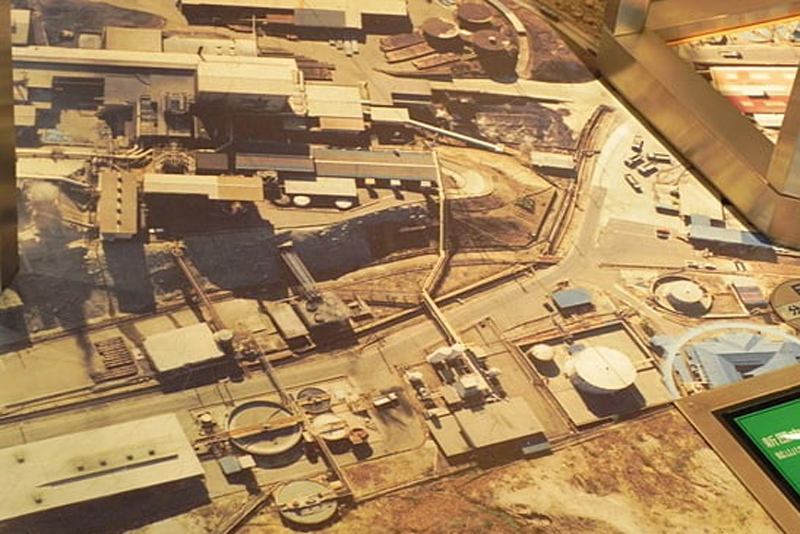
In 1884, the Meiji government entrusted management to Fujita Gumi (now DOWA Holdings, formerly known as Dowa Mining Co., Ltd.) , which modernized the mine and introduced the latest smelting technology. By 1907 (Meiji 40), the mine had become the most productive in Japan. The amount produced was said to be more than eight times the total revenue of Akita Prefecture at the time.
The Fujita family, the founding family of Fujitagumi, were businessmen who moved from Hagi in the Choshu domain (Yamaguchi Prefecture) to Osaka at the end of the Edo period, and were involved in mining management in Ehime, Shimane, Iwate, Okayama, and other areas, including Kosaka Mine
Fusanosuke Kuhara, who laid the foundation for the modernization of Kosaka Mine
Fujita-gumi had two talented managers. One was Kuhara Fusanosuke (1869-1965) . At the time of his joining, Kosaka Mine was in financial difficulty, but in order to revive it, Fusanosuke devoted himself to developing new smelting technology for black ore (a complex ore containing copper and lead). In 1900 (Meiji 33), at the age of 31, he became director, and with the success of his new technology, he brought a new light to Kosaka Mine.
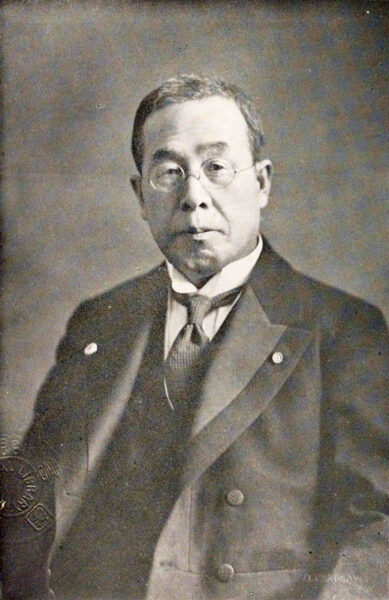
Fusanosuke not only focused on technology, but also prioritized improving employee welfare and contributing to the local community, establishing a post office and fire brigade within the mine and constructing a power plant for the mine.Fusanosuke also donated the Kosaka Library , and established a scholarship foundation within the mine.
In 1905 (Meiji 38), a three-story wooden Renaissance-style mine office (Kosaka Mine Office/Nationally Designated Important Cultural Property) was completed as a symbol of the Kosaka Mine
After leaving Fujitagumi, Kuhara Fusanosuke became active as a member of parliament
In 1905 (Meiji 38), Fusanosuke left Fujitagumi due to a succession dispute within the Fujita family, and the director of Kosaka Mine was Fujita Denzaburo (1841-1912), .
After leaving Fujitagumi, Kuhara Fusanosuke purchased a mine in Hitachi City, Ibaraki Prefecture, and founded Hitachi Mining. Fusanosuke was well-liked, and many talented people from Kosaka Mine followed him. Among them was electrical engineer Odaira Namihei (1874-1951), who 15 years later founded Hitachi, Ltd. After World War I, Fusanosuke entered politics, becoming a member of the House of Representatives and serving as president of the Rikken Seiyukai party. After World War II, he continued to serve as a member of the House of Representatives, working hard to restore relations between Japan, China, and the Soviet Union (see: Portraits of Modern Japanese People, National Diet Library)
Denzaburo Fujita, who established welfare programs, education, infrastructure, and even urban planning
Denzaburo Fujita, who took full responsibility for the management of Kosaka Mine, not only inherited the philosophy of Fusanosuke Kuhara and expanded the mine, but also developed Kosaka into the second most populous town in Akita Prefecture. Denzaburo's reforms covered a wide range of issues, from improving employee treatment and hygiene to issues within the mine itself, including expanding the elementary school, opening a kindergarten called "Miso Mariaen," and donating educational supplies. He also focused on improving the town's infrastructure, building a shopping district and entertainment district through urban planning, laying a water supply, improving roads, laying a railway between Odate and Kosaka, and opening a general hospital that was said to be the best in Akita Prefecture at the time

The company also focused on employee welfare, and in 1910 (Meiji 43), a playhouse called "Korakukan" (a nationally designated important cultural property) . Kabuki, plays, and concerts were held at "Korakukan," providing the ultimate entertainment for employees, their families, and local residents. (See: Mine Management and Business Creed - From the Case of Fujita Gumi's Kosaka Mine (1884-1925), Takahashi Kiyomi, Collection of Management Theory)
Closure of Kosaka Mine and abolition of Kosaka Railway

Due to the depletion of ore, Kosaka Mine was closed in 1990. Furthermore, passenger service on the Kosaka Railway was suspended in 1994, and the Kosaka Railway was abolished in 2009
Although mining of minerals is no longer carried out at Kosaka Mine, the company continues to exist under the name Kosaka Smelting Co., Ltd. Recently, it has expanded its activities as the world's largest recycling smelter, extracting around 20 types of metals, including gold, silver, copper, and lead, from home appliances and other items
Kosaka Town has made a comeback as a tourist destination with the development of Meiji Centennial Street
Kosaka Town had become quite deserted, but a plan was launched to use the remaining heritage of the Kosaka Mine to develop the town. The first step was a large-scale renovation of the Korakukan theater in 1985 (Showa 60). The following year, the Korakukan, which had been closed, was reopened
Starting in 1990 (Heisei 2), the road in front of the Korakukan was renovated over a five-year period, with stone paving, brickwork, gas-style streetlights, and other features to create a road full of the atmosphere of the Meiji era, and the street Meiji Centennial Street . In 2001 (Heisei 13), the former Kosaka Mine Office was relocated and restored along Meiji Centennial Street.

Meiji Centennial Street <Information>
- Name: Meiji Centennial Street
- Location: Kosaka Mine, Kosaka Town, Kazuno District, Akita Prefecture
- access:
- By train: Take the Shuhoku Bus from Odate Station on the JR Ou Main Line, or take the Shuhoku Bus bound for Kosakamachi from Kazuno Hanawa Station or Towada Minami Station on the JR Hanawa Line
- By car: Approximately 4 minutes from Kosaka IC on the Tohoku Expressway
Google Map
Korakukan, a playhouse that has been in operation since the Meiji era

Korakukan is a wooden playhouse that was built in 1910 (Meiji 43) as a welfare facility for the Kosaka Mine, and in 1986 (Showa 61) it resumed hosting public performances after a temporary halt
As the central facility of Meiji Centennial Street, it hosts regular plays, revue performances, and Shochiku Grand Kabuki performances from late April to early November. You can tour the interior of the building. The building has been designated as an Important Cultural Property of Japan
Korakukan<Information>
- Facility name: Meiji Era Playhouse Korakukan
- Location: Meiji Centennial Street
- Phone number: 0186-29-3732 (Korakukan)
- Admission fee:
- Regular play (including facility tour) / Adults (high school students and above) 2,500 yen, Children (elementary and junior high school students) 1,250 yen
- Shochiku Grand Kabuki: Separate fee (please inquire for dates and fees)
- Tour fee (guided): 700 yen per person
- Tour hours: 9:00-17:00
- Closed: New Year's holidays
- URL: Korakukan
Google Map
Kosaka Mine Office, a nationally designated important cultural property
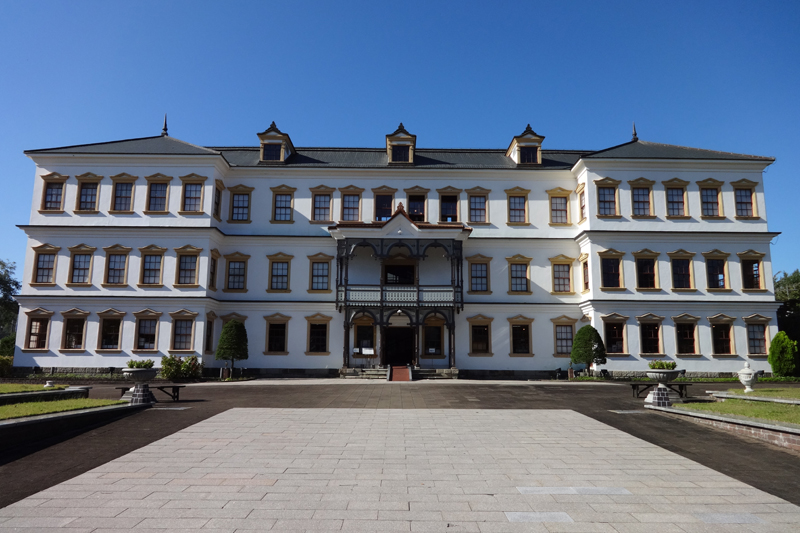
The Kosaka Mine Office was built in 1905 (Meiji 38) and moved from the Kosaka Mine site to Meiji Centennial Street and restored in 2001 (Heisei 13). The building is a large, three-story wooden structure with rooms continuing to the back, and its gorgeous European Renaissance-style exterior gives an idea of the prosperity of the Kosaka Mine
The building is open to the public, and the third floor is a museum showcasing the Kosaka Mine facilities from the Meiji period. The building is a nationally designated important cultural property and a heritage site for modern industrial development
Kosaka Mine Office <Information>
- Facility name: Kosaka Mine Office
- Location: Meiji Centennial Street
- Phone number: 0186-29-5522 (Kosaka Mine Office)
- Opening hours: 9:00-17:00
- Admission fee: Adults 380 yen, Children 200 yen
- Closed: New Year's holidays
- URL: Kosaka Mine Office
Google Map
"Miyazono Maria Garden," an early childhood education facility established by Kosaka Mine
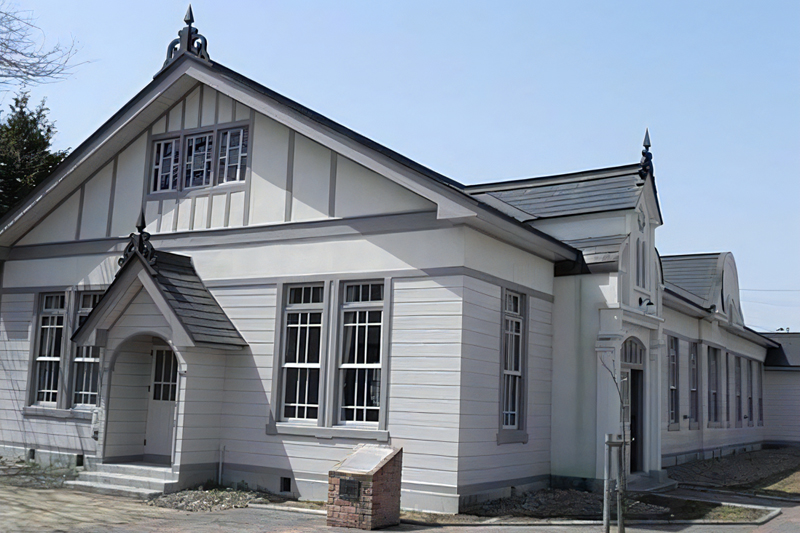
Maria Garden is a Catholic early childhood education facility established in 1932 (Showa 7) for Kosaka Mine employees, and is located along Meiji Centennial Street. The building has now been restored to its original state and is used as the "Angel Hall" for local meetings and exchanges. It is open to the public and is a nationally registered tangible cultural property
Maria Garden <Information>
- Facility name: Multipurpose hall "Tenshikan" (Miyazono Maria Garden)
- Location: Meiji Centennial Street
- Phone number: 0186-29-5522 (Kosaka Mine Office)
- Free tour
Google Map
The Red Brick Club was originally the Kosaka Mine power distribution station
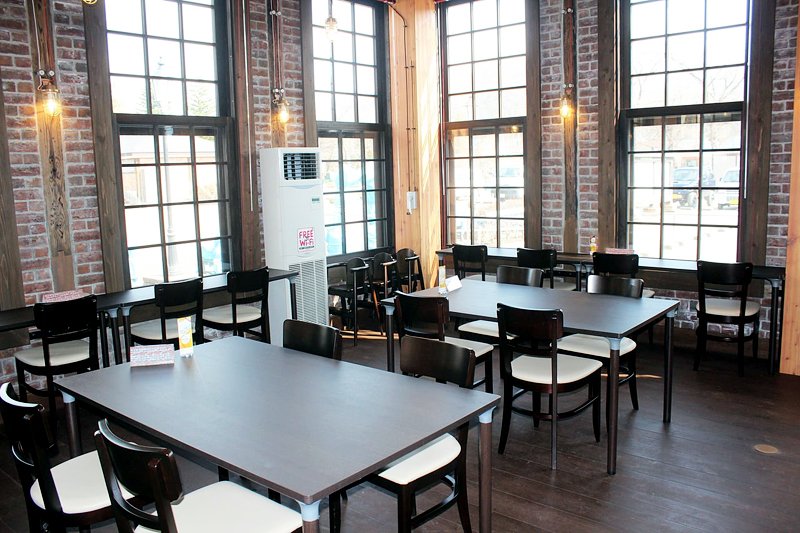
The Red Brick Club was originally built in 1904 (Meiji 37) as a power distribution station (formerly the power station of the Kosaka Mine Engineering Department) that supplied electricity, and was relocated and restored to the International Exchange Plaza between the Kosaka Mine Office and Korakukan on Meiji Centennial Street. The building has a distinctive timber-framed brick structure with a wooden frame and brick walls, similar to the Tomioka Silk Mill (a World Heritage Site and National Treasure in Tomioka City, Gunma Prefecture). It is currently used as a cafe. The Red Brick Club is a nationally registered tangible cultural property
Akarenga Club <Information>
- Facility name: Kosakamachi Red Brick Lively Hall "Red Brick Club"
- Location: Meiji Centennial Street
- Phone number: 0186-25-8225 (Red Brick Club)
- Business hours: 10:00-16:00
- Closed: Thursdays, closed during winter
- URL: Red Brick Club
Google Map
Kosaka Railway Rail Park: A railway world built on the abandoned tracks of the former Kosaka Railway

Kosaka Railway Rail Park is a railway theme park built on the site of the former Kosaka Railway's Kosaka Station. It features the original station building (former Kosaka Railway main building) and platform (both nationally registered tangible cultural properties) from when the line first opened in 1909, as well as existing facilities such as a locomotive shed (nationally registered tangible cultural property) and siding built in 1962 (Showa 37). The park exhibits include the DD130 diesel locomotive, Blue Train Akebono, a snowplow, and the No. 11 steam locomotive, all of which were active on the Kosaka Railway. Experiences like rail bikes and a sightseeing trolley ride along the abandoned railway line are also popular with families and railway enthusiasts
As of 2023, accommodation on the Blue Train Akebono is suspended due to vehicle maintenance. Preparations are underway for reopening in the spring of 2024. Crowdfunding is also planned using the hometown tax system (please inquire for details)
Kosaka Railway Rail Park <Information>
- Facility name: Kosaka Railway Rail Park
- Address: 20-9 Kosaka Mine, Kosaka Town, Kazuno District, Akita Prefecture
- Phone number: 0186-25-8890
- Opening period: April 1st to November 23rd
- Business hours: 9:00-17:00 (last entrance 16:30)
- Ride suspension days: Tuesdays and Wednesdays (excluding public holidays)
- Admission fee: Adults 600 yen, children 300 yen, infants free (only when accompanied by a parent)
- Please refer to the official website or inquire for details regarding experience fees, opening days, and ride suspension days
- URL: Kosaka Railway Rail Park
Google Map
The remains of the Kosaka Mine Hospital, which was the largest general hospital in Akita Prefecture at the time of its construction
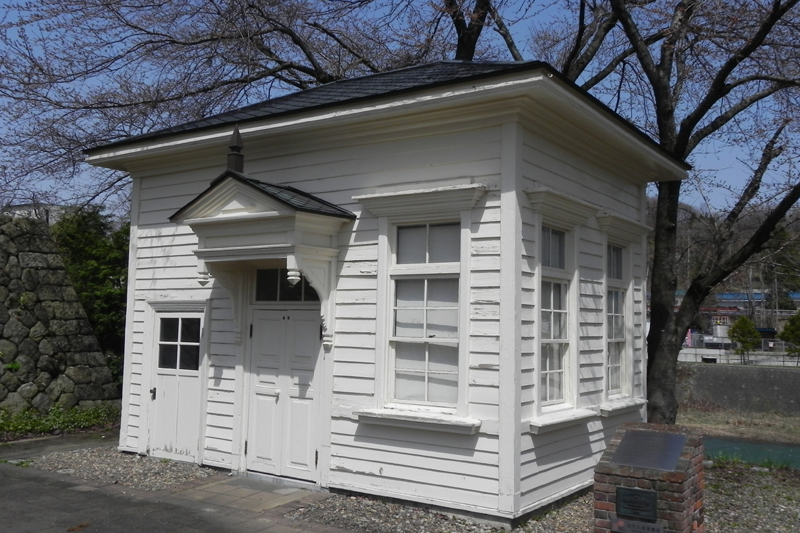
The Former Kosaka Mine Hospital Memorial Building is the only remaining structure of the Kosaka Mine Hospital, a general hospital that opened in 1908 (Meiji 41). The hospital was destroyed by fire in 1949 (Showa 24) and was later rebuilt, but this memorial building remains intact. It is a nationally registered tangible cultural property
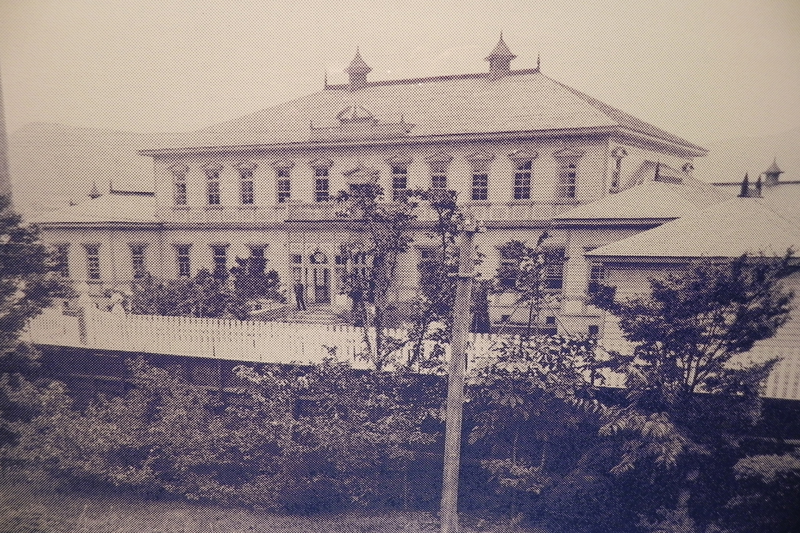
Former Kosaka Mine Hospital Memorial Building <Information>
- Facility name: Former Kosaka Mine Hospital Memorial Building
- Address: 48-2 Kosaka Mine Furutate, Kosaka Town, Kazuno District, Akita Prefecture
- Phone number: 0186-29-5522 (Kosaka Mine Office)



![It has developed as a port for Yoneshiro River logistics, and its role is the address, and remains in modern times, "Futatsui-cho, Noshiro City" [Akita Prefecture] Yoneshiro Kawafutsui_Geospatial Information Authority](https://jp.neft.asia/wp-content/uploads/2025/03/00754977e91fe56c04481f148f949925-150x150.jpg)
![Kosaka Railway Rail Park where you can stay at the former JNR Blue Train [Akita Prefecture] 1007675_5_l](https://jp.neft.asia/wp-content/uploads/2023/11/1007675_5_l-150x150.jpg)
![Hot springs gush out in a place where there are no volcanoes! "Yuzawa Geopark" where you can see the mystery of the earth up close [Akita Prefecture] 4550228_m](https://jp.neft.asia/wp-content/uploads/2023/02/4550228_m-150x150.jpg)

![Historic buildings in Odate City, sparing the war caused by the Boshin War [Akita Prefecture] A wonderful garden can be seen from the tatami room of Torigata Kaikan (former Torigata landlord's house) ©Odate City](https://jp.neft.asia/wp-content/uploads/2024/07/edbe4dbfd0fab012caccc9dc56b1bb39-150x150.jpg)
![The Ani Mine, which was said to be the number one in Japan during the Edo period and supported the Kubota Domain [Kita Akita City, Akita Prefecture] Ani Mine](https://jp.neft.asia/wp-content/uploads/2024/04/anikouzan-150x150.jpg)
![The popular game "Matagi" started in Kitaakita City! [Akita Prefecture] matagi](https://jp.neft.asia/wp-content/uploads/2024/04/matagi-150x150.jpg)
![Yurihonjo City, where Honjo, Kameda and Yajima domains were intersected between the Kubota and Shonai domains [Akita Prefecture] FF2C8AAA4350E7E179F97F97B38B3A2302F-1](https://jp.neft.asia/wp-content/uploads/2024/04/ff2c8aaa4350e7e179f97f38b3a2302f-1-150x150.jpg)

